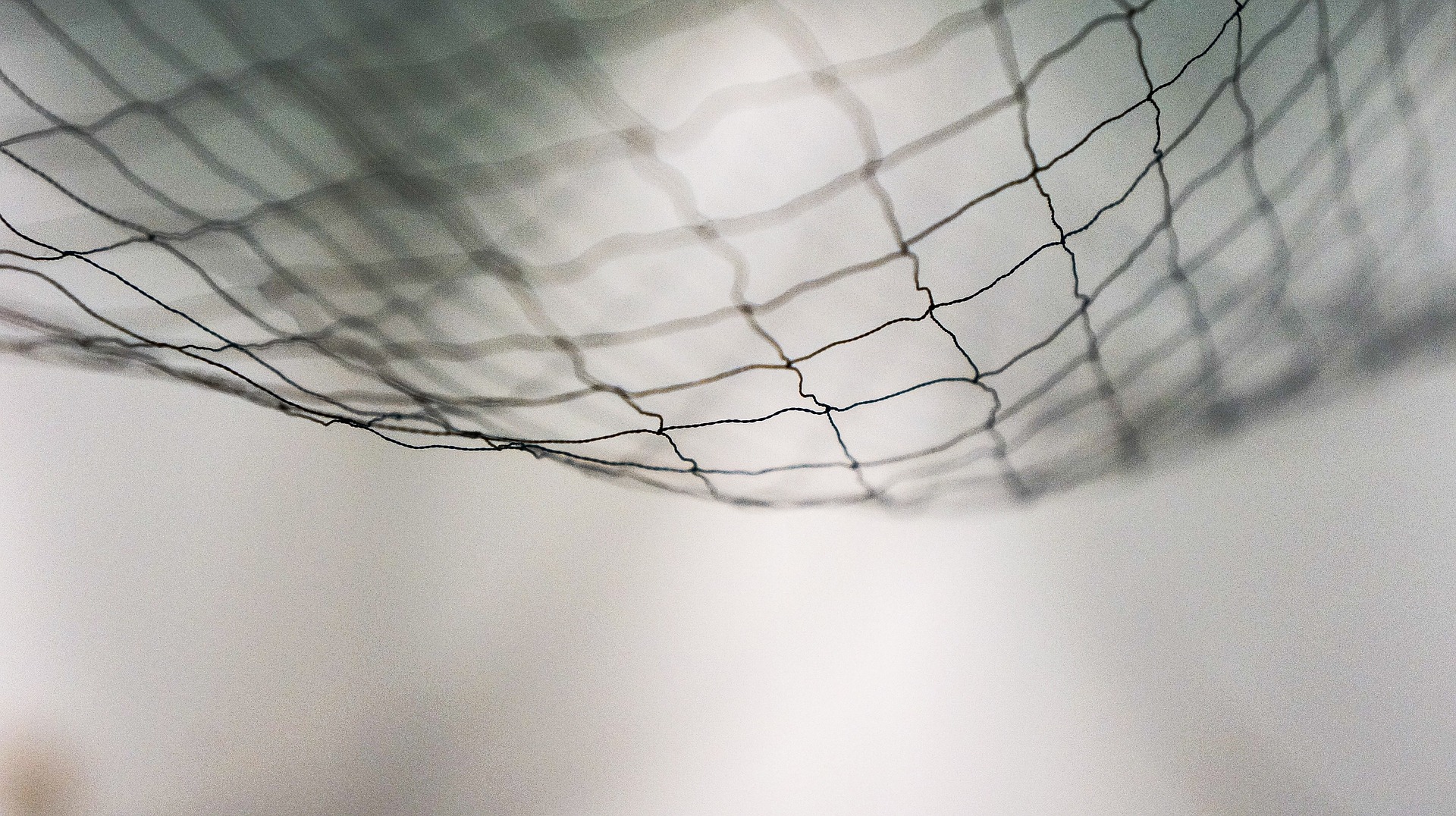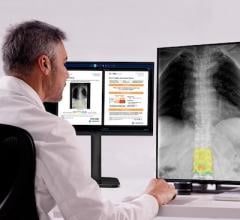
Incidental findings often are not afforded the weight of primary ones. But not following up on these incidentals can lead to disaster for the patient and provider. Low-level artificial intelligence can help.
On June 26, 2019, Ben Wandtke, M.D., described at the annual meeting of the Society for Imaging Informatics in Medicine (SIIM) in Denver how AI-fueled natural language processing (NLP) can spot many follow-up recommendations in radiology reports. The use of NLP can make a system for tracking recommended follow-ups cost-effective and efficient, he said.
Improvements in medical informatics offer a new way of looking at incidental findings. Rather than view them as problems, he said, “I think everyone needs to take a step back and see incidental findings as an opportunity — a way to add value to your health system — to separate your service from that of your competition.”
NLP technology is far from perfect, Wandtke said, as it may only find about 70 percent of radiologist recommended follow-ups. But used as part of a hybrid system that includes people, it can help providers boost patient care while avoiding the medical legal liability.
“We don’t lose track of these people when we participate in the health care system in a coordinated fashion,” Wandtke told ITN after his presentation during the NLP session.
Incidental findings, he explained, are indeterminate findings seen in a single, initial study. They may indicate cancer, for example, which is why they may warrant additional testing.
“Those are the things we worry about — delays in diagnosis that can change the course of care,” Wandtke told ITN.
Patient care can be improved by managing radiology recommendations, said the chief of diagnostic imaging at the 115-year-old community hospital, FF Thompson Hospital, in Canandaigua, N.Y. Wandtke, who also serves as associate professor in the Department of Imaging Services at the nearby University of Rochester, noted, however, that “not all recommendations are created equal.” Consequently, not all require the same attention.
Ones that should be taken very seriously, he said, cite the need for a specific imaging modality and date by which the exam should be done. Less important are conditional recommendations that suggest follow-up if, for example, there is a clinical history of cancer. High priority follow-ups may be rare, but they require careful tracking because they can substantially improve patient outcomes and reduce medical legal liability.
“Two or three years later, if the patient has an advanced stage cancer, it’s very difficult to defend and often results in a seven-figure settlement,” he told ITN.
Serious recommendations are the easiest to track because they have defined “end points,” Wandtke said — times after which recommended studies need to be completed.
Not doing these follow-ups is a form of preventable medical error, he said.
A multistage recommendation tracking system implemented at a community hospital reduced the risk of delayed diagnosis by 74 percent. Wandtke reported at the SIIM meeting that these preliminary results were expanded throughout a multihospital network served by 75 radiologists conducting 800,000 diagnostic imaging exams annually, where a tracking system built around this NLP technology reduced the risk of delayed diagnosis by 80 percent.
“I couldn’t bring it (the tracking system) over successfully without NLP,” he said. “And I don’t believe any large health systems should try recommendation tracking without utilizing natural language processing.”
The research indicated that NLP-based clinical analytics can serve as a safety net, Wandtke said: “To create a safety net, you have to create a high-reliability system to identify human error early.”
Tracking radiologist recommendations manually — without AI assistance — can be costly and labor-intensive, especially in large institutions, which is “why it has not been adopted,” Wandtke said. Adding NLP-based automated identification of radiologists’ recommendations can boost the effectiveness of tracking systems, he said.
“If you start with a manual process, you will learn the areas that can be automated and you can begin to automate using low-level AI in the form of NLP — adding more automation and reducing the amount of manual labor to make it a cost-effective, efficient process,” he said. “This is where I believe we are right now.”
Greg Freiherr is a contributing editor to Imaging Technology News (ITN). Over the past three decades, he has served as business and technology editor for publications in medical imaging, as well as consulted for vendors, professional organizations, academia, and financial institutions.
Editor’s note: This article is the eigth piece in a content series by Greg Freiherr covering the Society for Imaging Informatics in Medicine (SIIM) conference in June.
Related content:
Smart Algorithm Extracts Data from Radiology Reports
PODCAST: Why Blockchain Matters In Medical Imaging
PODCAST: How to Fix Your Enterprise Imaging Network
PODCAST: 5 Low-Cost Ways To Slow Hackers
DeepAAA Uses AI to Look Automatically For Aneurysms
Making AI Safe, Effective and Humane for Imaging
Imaging on Verge of Game-changing Transformation
Nuance Introduces PowerScribe One Radiology Reporting Platform



 December 24, 2025
December 24, 2025 









